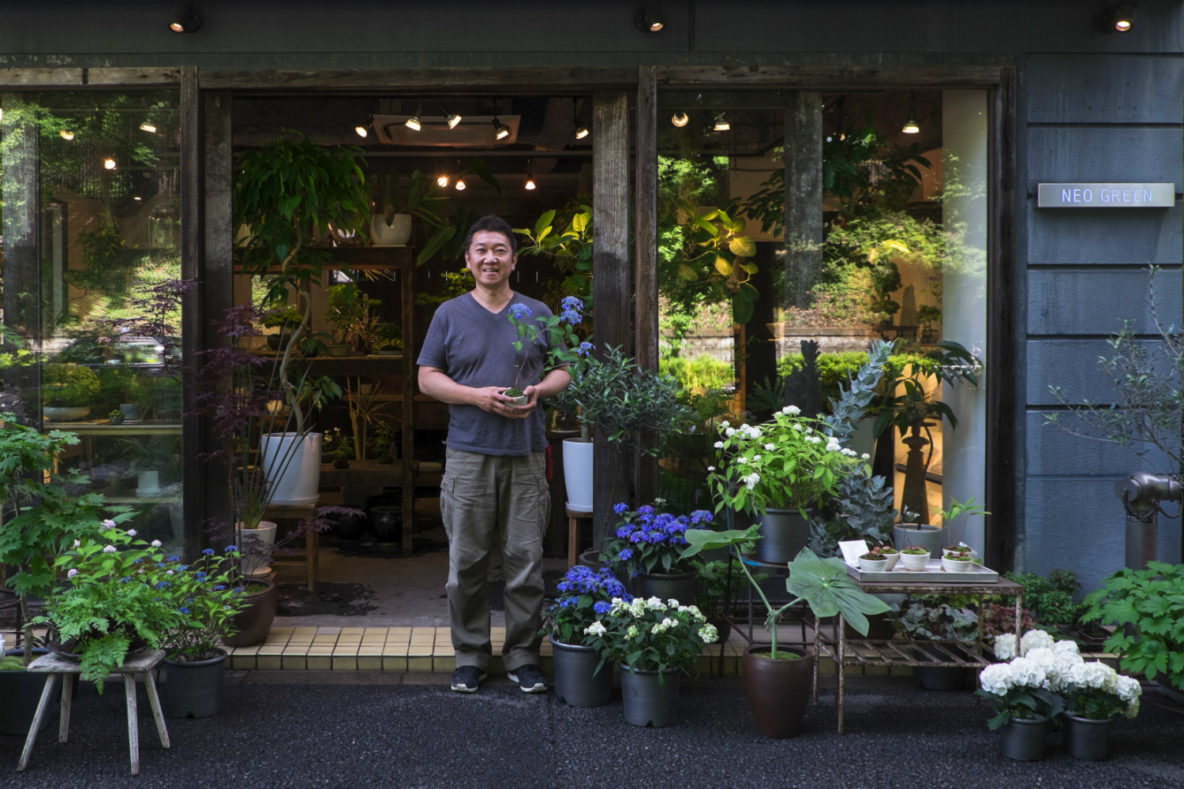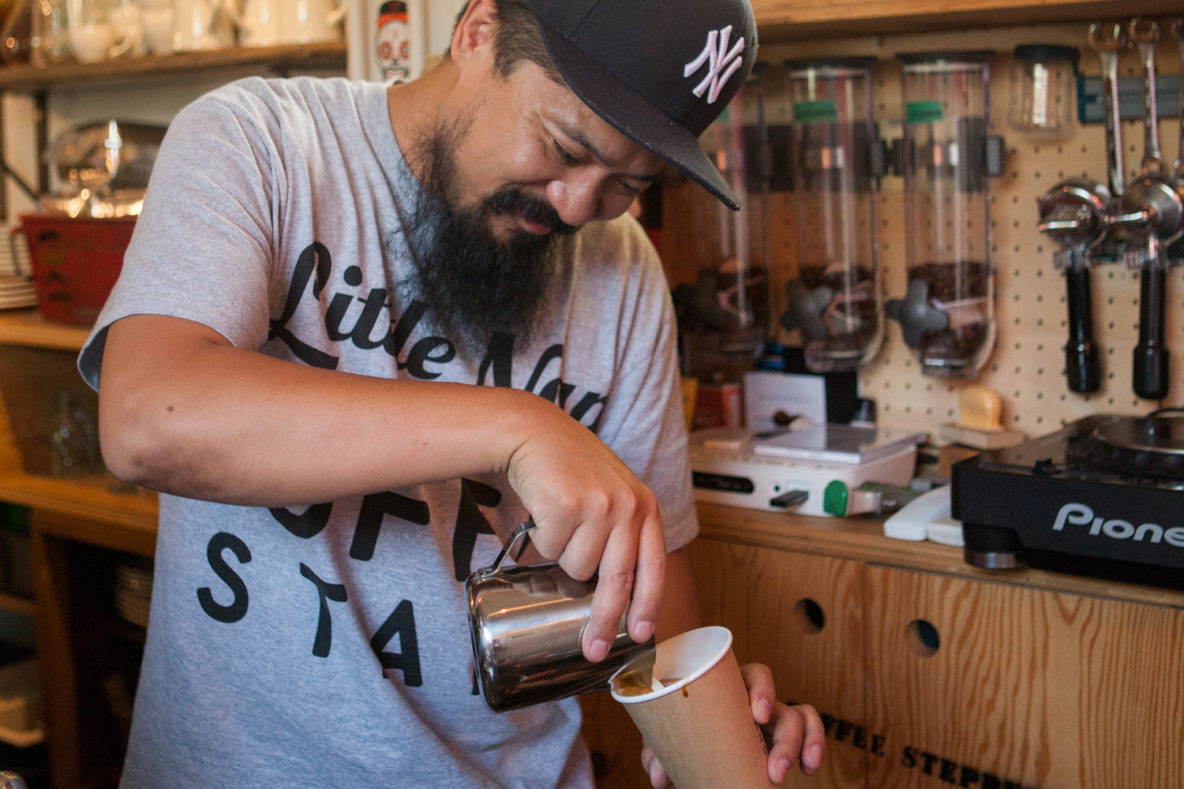Neo Green
Hitoshi Shirata’s plant and bonsai store Neo Green is neither large nor ostentatious. Yet it frequently stops passing pedestrians in their tracks. Along an unremarkable grey stretch of Tokyo tarmac, his carefully pruned and beautifully potted selection of nature’s own designs is powerfully incongruous. “People in this city need more green in their lives,” says Shirata. Only three per cent of Tokyo is given over to public parks and other green spaces, compared with 38 per cent of London. The decision to open Neo Green in 2007 came when Shirata was forced to stop and reflect on his direction in life. He was a fashion entrepreneur whose businesses were turning over hundreds of millions of yen each year. He had reached a position that most would call success. But Shirata was less certain about what he had really achieved. Life, he felt, was slipping out of his control. “The little company I had started in 1993 with my father’s help had become too big,” he says. “When my father died, I had this yearning to do something new.” Not for the first time, family tragedy had impressed on Shirata the importance of regeneration. He remembered the moment when, as a 12-year-old boy, his grandfather passed away, leaving him the responsibility of caring for his beloved rooftop garden. “I think that was the first time I fell in love with plants,” he says. “Cut flowers are wonderful, but they are normally bought for an occasion and then thrown away. Plants live on.” Shirata is a skilled, self-taught bonsai artist whose lack of formal training allows him to take a fresh view on this tradition-bound art. On the shelves of Neo Green, a 30-year-old miniature zelkova sits alongside palm-sized pines fashioned to look like Christmas trees. Traditionalists would balk at this, but to Shirata such innovations are the bridges that can connect bonsai with younger generations. Ever the tech-savvy entrepreneur, Shirata maintains a database of every customer and what they have purchased. If a plant, separated from his masterful touch, starts to show signs of fading, he can instantly pull up exactly what was purchased and when, in order to give the customer the best possible care instructions. More recently, people have started taking smartphone pictures of their plants and sending them to the shop for a visual check-up. Shirata doesn’t mind – working hand-in-hand with his customers to care for their plants is crucial to his mission. “If we care for them, they give back to us,” he says. “It’s all about partnership – between myself and my customers, and between human beings and plants.”


